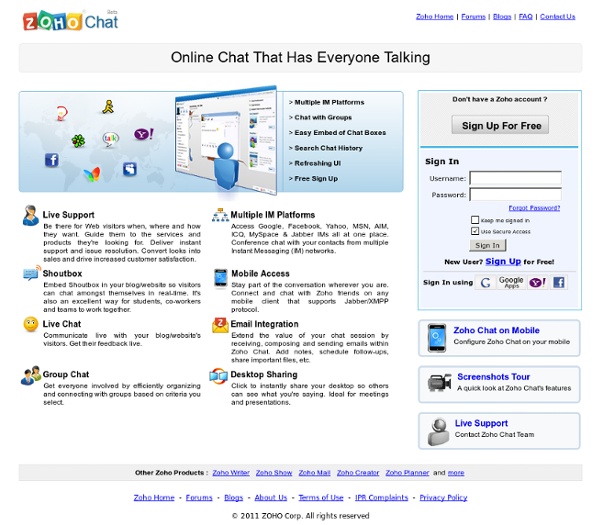



Facebook - Aplicaciones Android en Google Play Whether you’re looking for a spark of inspiration with reels or want to dive deeper into something you already love with Marketplace or in groups, you can discover ideas, experiences and people that fuel your interests and help you make progress on the things that matter to you on Facebook. Explore and expand your interests:* Shop for affordable and uncommon stuff on Marketplace and take your hobbies to the next level* Personalize your Feed to see more of what you like, less of what you don’t* Watch reels for quick entertainment that sparks inspiration* Discover creators, small businesses and communities who can help you dive deeper into the things you care about Connect with people and communities:* Join groups to learn tips and tricks from real people who’ve been there, done that* Catch up with friends, family and influencers through Feed and stories
Create Maps | BatchGeo Halo 3 Medals Wallpaper by ~Cerberus89 on deviantART HTML Table Tutorial This HTML table tutorial demonstrates how to create tables in HTML. It assumes you know how to create an HTML page. If you're not familiar with HTML try the HTML Tutorial. Basic Table In HTML, you create tables using the table tag, in conjunction with the tr and td tags. Here's the code for a basic table: You'll notice that we added a border attribute to the table tag. Table Headers Many tables, particularly those with tabular data, have a header row or column. Most browsers display table headers in bold text. Colspan You can use the colspan attribute to make a cell span multiple columns. Rowspan Similar to what colspan is for columns, rowspan enables you to make a cell span multiple rows. Adding CSS to tables You can format your tables using Cascading Style Sheets (CSS). Wrap up You can achieve some pretty amazing stuff with tables, especially when used in conjunction with CSS. Enjoy this page? Thanks for supporting Quackit!
Flash Forms and Database Integration Flash Forms and Database Integration by Dave Collier AKA Digitalosophy This tutorial will guide you through the steps of sending information into a Microsoft Access Database using a Flash form and ASP as a server side script. You will also learn some basic and very useful ASP syntax. The example I will be using was created in Flash MX 2004. This will also work for Flash MX, and Flash 5. Steps: 1. Creating the Database I'm not going to go into great detail about creating a database in Microsoft Access, but I will walk you through it. Create a new database by going to File > New and save it in your _root directory for now. You will then need to create the field names and datatypes. Ok, your done creating your database, save your file and let's open up flash. Creating the Flash Form As I mentioned before this will work using Flash 5 - Flash MX 2004, so take your pick and open a new document. Make sure to give your input textfields variable names. fname lname email message conn.Execute(SQL)